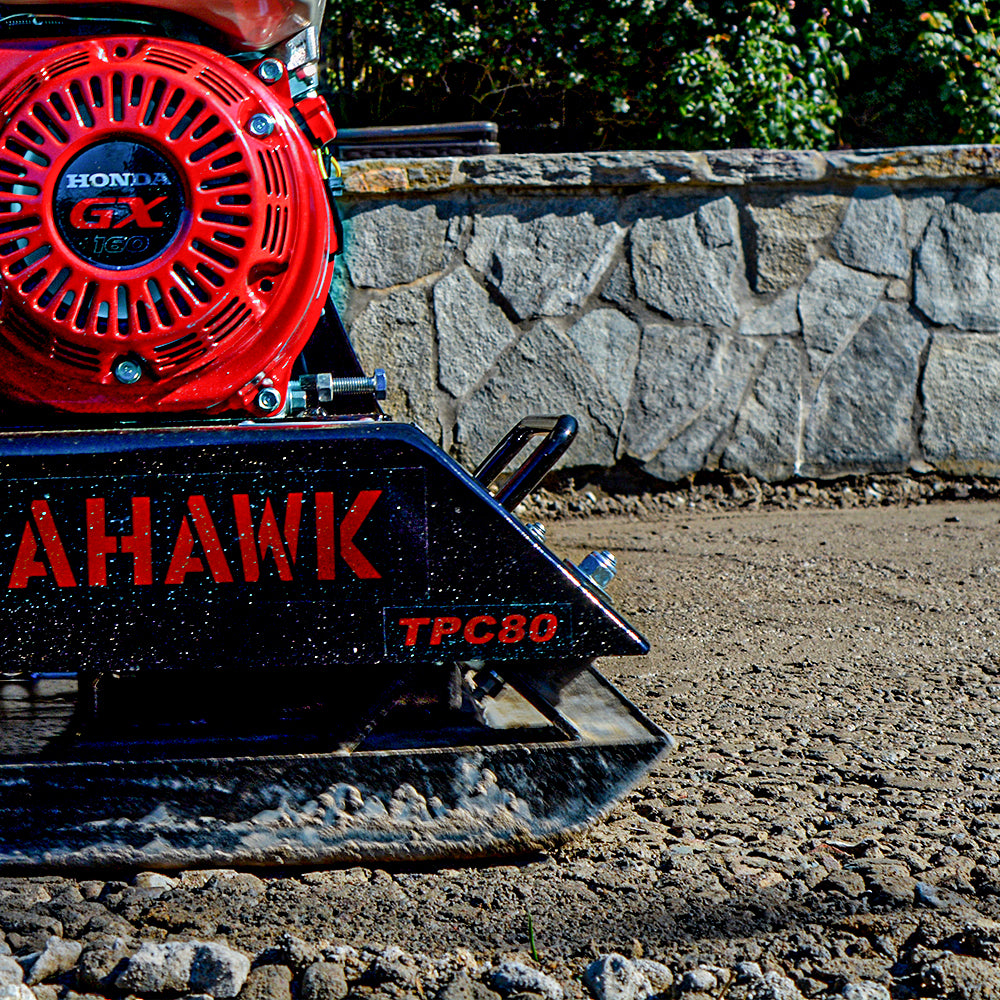In the realm of construction and landscaping, the importance of proper compaction cannot be overstated. The stability, durability, and longevity of surfaces and structures depend on effective compaction techniques. Plate compactors, also known as vibratory plate compactors, have risen as versatile tools for achieving optimal compaction across a variety of projects. However, choosing the right plate compactor requires careful consideration of factors such as size, features, and specific project requirements. This blog serves as a comprehensive guide to help you make an informed decision.
1. Understanding Plate Compactors
Before we delve into the selection process, let's revisit the fundamentals of plate compactors. A plate compactor consists of a heavy steel plate that vibrates at high frequencies. This vibration generates downward force, enabling the compactor to effectively compact soil, gravel, asphalt, and other materials. The key to successful compaction lies in selecting a plate compactor that aligns with your project's unique demands.
2. Size Matters
The size of the plate compactor's plate determines the compaction area it can cover in one pass. Smaller plates are more maneuverable and suitable for tight spaces, trenches, and confined areas. Larger plates can cover more ground quickly, making them ideal for open areas. When selecting a plate size, consider the dimensions of your work area and the specific requirements of your project.
3. Compaction Force and Power
Compaction force, often measured in pounds or kilograms, is a critical factor that directly influences the effectiveness of the compaction process. The compaction force depends on the plate's weight and the amplitude of vibration. When choosing a plate compactor, ensure that its compaction force aligns with the type of material you'll be compacting. Harder materials or deeper layers may require a higher compaction force.
4. Frequency and Amplitude
Frequency, measured in vibrations per minute (VPM), determines how quickly the plate compactor can complete compaction cycles. Higher frequencies are more effective for granular materials, while lower frequencies are suitable for cohesive soils. Amplitude refers to the depth of plate movement and affects how deeply the compactor can penetrate the material. Consider the type of material you're working with and choose a plate compactor with the appropriate frequency and amplitude.
5. Engine Type and Fuel
Plate compactors are typically powered by gasoline or diesel engines. The choice between these two options depends on factors such as fuel availability, emissions regulations, and engine efficiency. Diesel engines often provide better torque and fuel efficiency, while gasoline engines are easier to start and maintain.
6. User-Friendly Features
Look for user-friendly features that enhance operator comfort and efficiency. These features may include vibration damping systems to reduce operator fatigue, adjustable handles for ergonomic operation, and intuitive controls for ease of use. A comfortable and user-friendly design can contribute to improved productivity and overall satisfaction.
7. Portability and Maneuverability
Consider the portability and maneuverability of the plate compactor, especially if you're working in tight or confined spaces. Compact and lightweight models are easier to transport and navigate, making them suitable for various projects.
8. Project-Specific Requirements
Finally, consider the specific demands of your project. Are you working on road construction, landscaping, or a residential driveway? Different projects require varying levels of compaction and surface finish. Select a plate compactor that can deliver the desired results for your project's scope and objectives.
Selecting the right plate compactor is a pivotal step in ensuring the success of your construction or landscaping project. By carefully evaluating factors like size, compaction force, frequency, and features, you can make an informed decision that aligns with your project's requirements. A well-chosen plate compactor not only enhances compaction efficiency but also contributes to the durability and stability of surfaces and structures. With the right plate compactor in your arsenal, you're equipped to tackle a wide range of projects with confidence and precision.










